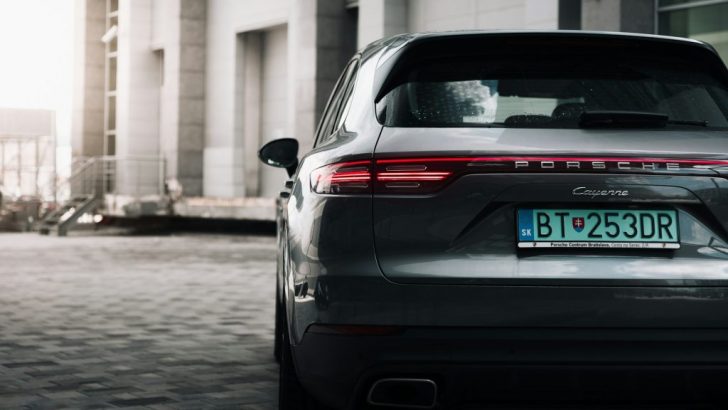In the world of luxury sports cars, Porsche stands out for its performance and design and its unique manufacturing footprint. So where is Porsche made? Porsche’s production facilities are as diverse as their car lineup, from Stuttgart’s historic streets to Asia’s bustling markets. Let’s look closer at where each Porsche model rolls off the line and delve into the company’s deep-rooted history in automobile manufacturing.
Where Is Porsche Made?
1. Zuffenhausen, Germany
Porsche is a true global business, but its roots are deeply embedded in the southwest German city of Stuttgart. Specifically, the district of Zuffenhausen plays a pivotal role. It was here that Ferdinand Porsche opened his first engineering office in 1931, and after significant growth, the company settled just a few kilometers north. Despite a brief relocation during World War II, Zuffenhausen has remained Porsche’s primary production hub. Today, it’s where the iconic 911, the 718 Cayman, and the 718 Boxster are meticulously crafted alongside the revolutionary all-electric Taycan. This site is not only about assembling cars; it’s also where Porsche’s high-tech engines are manufactured, underscoring the brand’s blend of tradition and innovation.

2. Leipzig, Germany
The Leipzig plant represents Porsche’s expansion over the last few decades. Since the early 2000s, this facility has produced the Porsche Cayenne and added the Panamera and Macan to its lineup. What makes Leipzig special is not just its manufacturing capabilities but also its commitment to sustainability, operating entirely on renewable energy. Visitors can experience a slice of Porsche’s racing heritage on the Leipzig test track, featuring replicas of famous racetrack corners worldwide.
3. Bratislava, Slovakia
Although the Cayenne was initially produced in Leipzig, since 2017, production has moved to Bratislava, Slovakia. This plant marked a significant milestone by making the one-millionth Cayenne in December 2020. The facility in Bratislava highlights Porsche’s flexibility in global manufacturing strategies.

4. Shanghai, China
Shanghai is pivotal for production, research, and development, reflecting Porsche’s commitment to its largest single market. Here, the focus is on understanding and catering to the needs of Chinese consumers, with facilities dedicated to engineering and digital innovation. This strategic presence is essential for developing products that meet specific local demands.
5. Malaysia
In a strategic move to engage more deeply with the Asian market, Porsche has set up a local assembly operation in Malaysia, focusing exclusively on producing right-hand drive Cayenne models for the local market. This initiative is part of Porsche’s broader strategy to adapt to and thrive in diverse global market conditions.

Conclusion
Where is Porsche made? The answer stretches across continents, from the historic core in Germany to the emerging markets in Asia. Each Porsche facility not only contributes to the brand’s global presence but also showcases a commitment to blending tradition with innovation. Porsche continues to write its legacy, one car at a time, across the globe, ensuring that each model embodies the spirit of its storied history while embracing the possibilities of the future.

